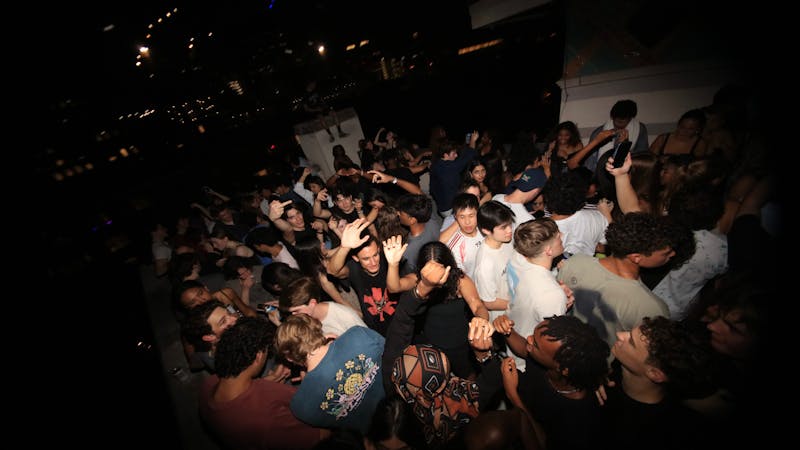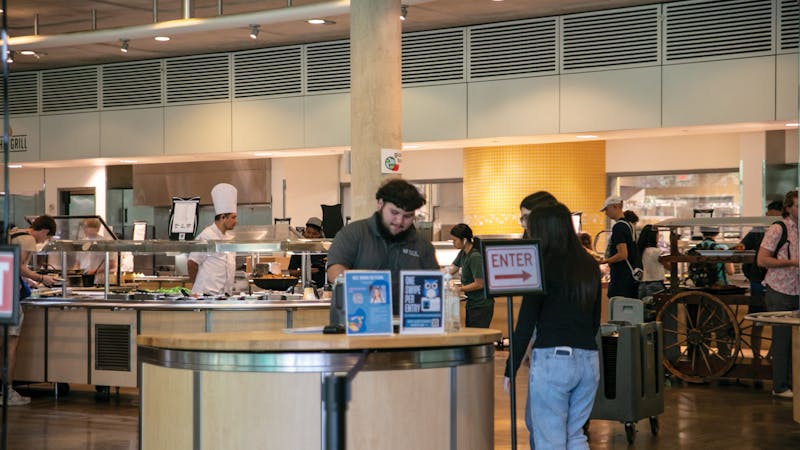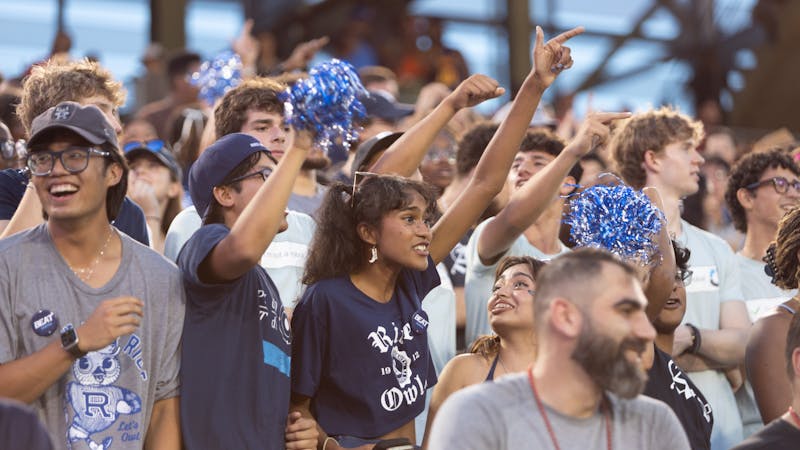The mystery behind the boba tea craze
When Kung Fu Tea opened a new location in Montrose, the people rejoiced. It’s no question boba is beloved among Rice University students, but it hasn’t always been so easy to find. There are stellar options in the heart of Chinatown, but not everyone can just drive there for a late-night run. Teahouse is close, but exceedingly average in comparison. Until Kung Fu’s arrival, most students had to turn to boba sales that occur in the Rice Memorial Center to satisfy cravings.
It has always struck me how popular boba has become. The craze is not confined to Rice’s campus, either, but has spread almost worldwide. Hordes clamor for the tea mixed with a scoop of tapioca bobbing at the bottom, which hails from Taiwan. The original flavor is milk tea (black tea with non-dairy creamer), a staple for all first-timers. To the unfamiliar, even this basic flavor may seem a little bizarre, even unappealing.
And depending on your order, the drink can cost $4 to $5, a relatively expensive sum for a beverage that doesn’t require much skill to make on the spot. Most shops just fill the plastic cup with tea, add some powder to supply a fruit flavor if so desired and plop in some tapioca. One could purchase a smooth, creamy latte decorated with foamy art from an upscale coffee shop for the same price.
Perhaps boba’s fame can be attributed to its reputation for variety. Boba shops always offer tea with tapioca, but most also allow you to substitute tea with smoothies, slushies and coffee. Many have massive menus sporting choices for just about every fruit and tea on the planet. In addition to tapioca, there are jellies available to put in drinks, ranging from apple to lychee. Chunks of egg custard pudding are perhaps a bit more daring, but a good alternative for people looking for a twist. Get your beloved 7-Eleven slushie as a boba drink, or go for an iced coffee option instead. There’s green tea and cookies and cream, passion fruit and Thai tea.
Boba has also become a part of popular culture. Even the term “boba” is ambiguous — it refers both to tapioca and the drink itself. If you tell a friend that you want to buy boba, you mean that you’re hankering for the drink. If you’re talking to the polite employee behind the cash register at the boba shop and ask for boba, it’s a request for tapioca in your beverage. One can’t underestimate the process — ordering boba is an art.
Furthermore, boba doesn’t taste the same everywhere. The ratio of milk to tea is different at every place, and consistent tapioca texture is crucial and can be a sign of a good vendor. Nothing is less appealing than chewing hard, stringy tapioca, and it takes time and good advice to find a suitable go-to place. One option is to try the same flavor at every place and compare taste and tapioca texture. I did this once, trying the original milk tea boba at various places around Chinatown.
Enjoy exploring, but be careful — this drink is strangely addicting.
More from The Rice Thresher

Dis-O, move-in weekend see increase in alcohol transports from last year
Rice’s first wet weekend of the year saw four times as many calls for intoxication-related transports of students to the hospital compared to the previous three years, according to emails sent out by college presidents and chief justices.

On-campus meal plan changed to unlimited swipes
Housing and Dining recently revealed a new dining plan for the upcoming semester. The required on-campus meal plan now has unlimited meal swipes, compared to 375 meal swipes last year. H&D said the previous on-campus meal plan was for students who intended to eat on campus 15 to 25 meals a week.

Rice Stadium student section relocated
The Rice Stadium student section has been relocated to sections 106 and 107, according to an announcement from Rice Athletics on X.

Please note All comments are eligible for publication by The Rice Thresher.